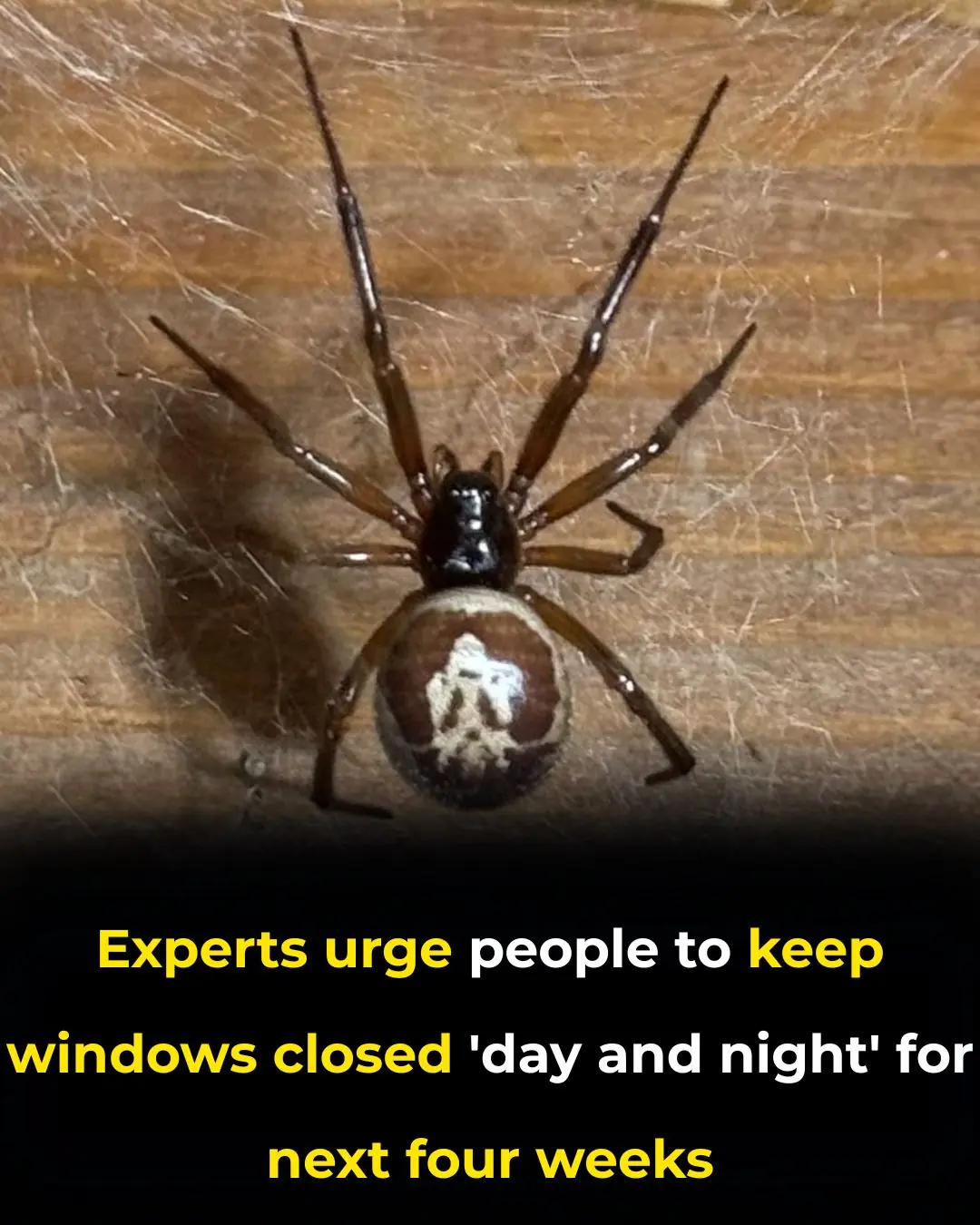
My nana taught me this hack to whiten yellow pillows in 5 mins with 0 work. Here’s how it works
Pillows are a vital part of our nightly rest, providing comfort, support, and a sense of coziness as we drift into sleep. However, over time, even the best pillows start to show unsightly yellow stains caused by sweat, oils, and saliva. These stains not only make your pillows look dirty but can also create the impression that they’re unhygienic. Many people simply accept this discoloration as inevitable, frequently replacing their pillows or hiding them under pillowcases.
But what if there were a quick, effortless, and inexpensive way to bring your pillows back to their original brightness? My nana — a true genius when it comes to household hacks — once shared with me a simple yet highly effective method that restores even the most yellowed pillows in minutes. Best of all, it takes just five minutes and requires almost no scrubbing or heavy lifting. In this article, I’ll walk you through her incredible pillow-whitening trick and explain why it works so well.
1. Discovering Nana’s Secret Hack
My nana has always been full of clever home remedies, from stain removers to natural cleaning agents. One afternoon, as I complained about my dull, yellowed pillows, she smiled knowingly and revealed a trick she had relied on for decades. Her secret? A simple three-ingredient mixture that transforms stained fabrics into pristine white without damaging them.
What makes her method so special is that it uses readily available household ingredients — the same things you probably have in your kitchen right now. It’s eco-friendly, gentle on fabrics, and far cheaper than buying new pillows or using harsh chemical whiteners. When I tried it for the first time, the results were astonishing: my pillows looked almost brand new within minutes.
2. Understanding Why Pillows Turn Yellow
The yellowing of pillows isn’t just about aesthetics — it’s a chemical process. Over time, sweat, body oils, and saliva seep through pillowcases and bind to the pillow fibers. These organic residues contain proteins, minerals, and fatty acids that oxidize, leaving behind stubborn yellow or brown stains. Dust and air pollutants can worsen this effect, especially in humid environments.
Even regular washing may not fully remove these stains. Standard detergents can clean the surface, but they often fail to dissolve the deep-set proteins and oils that cling to fabric fibers. This is why special stain-fighting ingredients are needed to target and lift discoloration at the molecular level.
3. Why Traditional Cleaning Methods Fall Short
You might think bleach or regular laundry detergent would do the trick — but unfortunately, they often don’t. Bleach can weaken fabric fibers, reduce pillow lifespan, and sometimes make yellow stains even more noticeable over time. Detergent alone typically lacks the power to cut through embedded oils and proteins.
Additionally, many people are now more conscious of environmental and health concerns linked to harsh cleaning chemicals. Skin sensitivities, allergic reactions, and chemical residues are real issues that make natural alternatives far more appealing. Nana’s hack solves this problem elegantly, offering a safer and more sustainable way to clean.
4. The Magic Ingredients You’ll Need
To follow Nana’s pillow-whitening formula, gather these three simple ingredients:
-
1 cup baking soda – acts as a mild abrasive and deodorizer, helping to lift stains and neutralize odors.
-
1 cup white vinegar – breaks down body oils and proteins while softening the fabric naturally.
-
1 cup hydrogen peroxide – a gentle bleaching agent that brightens without damaging fabric fibers.
Together, these ingredients create a powerful yet natural cleaning solution that’s safe, affordable, and environmentally friendly.
5. Step-by-Step: Preparing the Whitening Solution
-
Fill a large basin, sink, or bathtub with warm (not hot) water.
-
Add 1 cup of baking soda and stir until completely dissolved.
-
Slowly pour in 1 cup of white vinegar — you’ll notice fizzing as the two react. Don’t worry; this reaction helps lift the stains.
-
Finally, mix in 1 cup of hydrogen peroxide, stirring gently to combine.
Within a minute, you’ll have a bubbling, stain-fighting solution ready to revive your pillows.
6. Applying the Solution: Quick and Effective
Fully submerge your yellowed pillows into the prepared mixture, ensuring they’re evenly soaked. Let them rest for five minutes — this brief soaking period allows the ingredients to penetrate deep into the fabric, breaking down oils and residue.
After soaking, rinse thoroughly with cold water to remove any leftover solution. For best results, air dry your pillows under direct sunlight, which adds a natural bleaching effect. Alternatively, tumble dry them on low heat if the care label allows.
7. The Five-Minute Transformation
Once dry, you’ll likely be amazed by the results. The yellow tint will fade dramatically, replaced by a fresh, bright whiteness. The pillows not only look cleaner but also feel fresher and smell better. It’s a simple transformation that can extend your pillows’ lifespan and make your bed feel brand new again — all without spending extra money on replacements or professional cleaning.
8. How It Compares to Other Cleaning Trends
The internet is full of viral cleaning “miracles,” but few are as practical or consistently effective as Nana’s method. Many online hacks require overnight soaking, specialized detergents, or commercial whiteners. In contrast, this technique is fast, affordable, and beginner-friendly.
Moreover, because it relies on natural ingredients, it’s gentle enough for repeated use and suitable for most pillow types. It’s the kind of timeless, reliable method that truly earns its place in every home-cleaning arsenal.
9. Maintaining Whiteness Long-Term
To preserve your pillows’ whiteness:
-
Use pillow protectors to prevent sweat and oils from seeping through.
-
Wash pillowcases weekly and pillows every three to six months.
-
Allow pillows to air out in sunlight occasionally to keep them fresh and odor-free.
If you sweat heavily or live in a humid climate, you can repeat Nana’s hack more frequently — about every two months — for best results.
10. Common Mistakes to Avoid
-
Avoid hot water, as it can “cook” stains into the fabric.
-
Don’t skip the five-minute soak — the ingredients need time to work.
-
Make sure to rinse thoroughly; leftover residue may stiffen or discolor fabric over time.
-
Always check care labels, especially for delicate or memory-foam pillows, which should never be soaked.
11. Frequently Asked Questions
Q: Is this method safe for all types of pillows?
A: Yes, it’s safe for most synthetic and down pillows, but memory foam or gel pillows should only be spot-cleaned.
Q: Can I use hydrogen peroxide on colored fabrics?
A: Use caution — hydrogen peroxide can lighten colors. Always test on a small hidden area first.
Q: How often should I do this?
A: Every few months is ideal, or whenever you notice discoloration or odors returning.
Final Thoughts
With just a few pantry staples and five spare minutes, you can breathe new life into old pillows and save money in the process. Nana’s tried-and-true whitening hack is a reminder that sometimes, the simplest solutions are the most effective. Your bedroom will not only look fresher but feel cleaner — and you’ll sleep easier knowing your pillows are as spotless as they are soft.
News in the same category

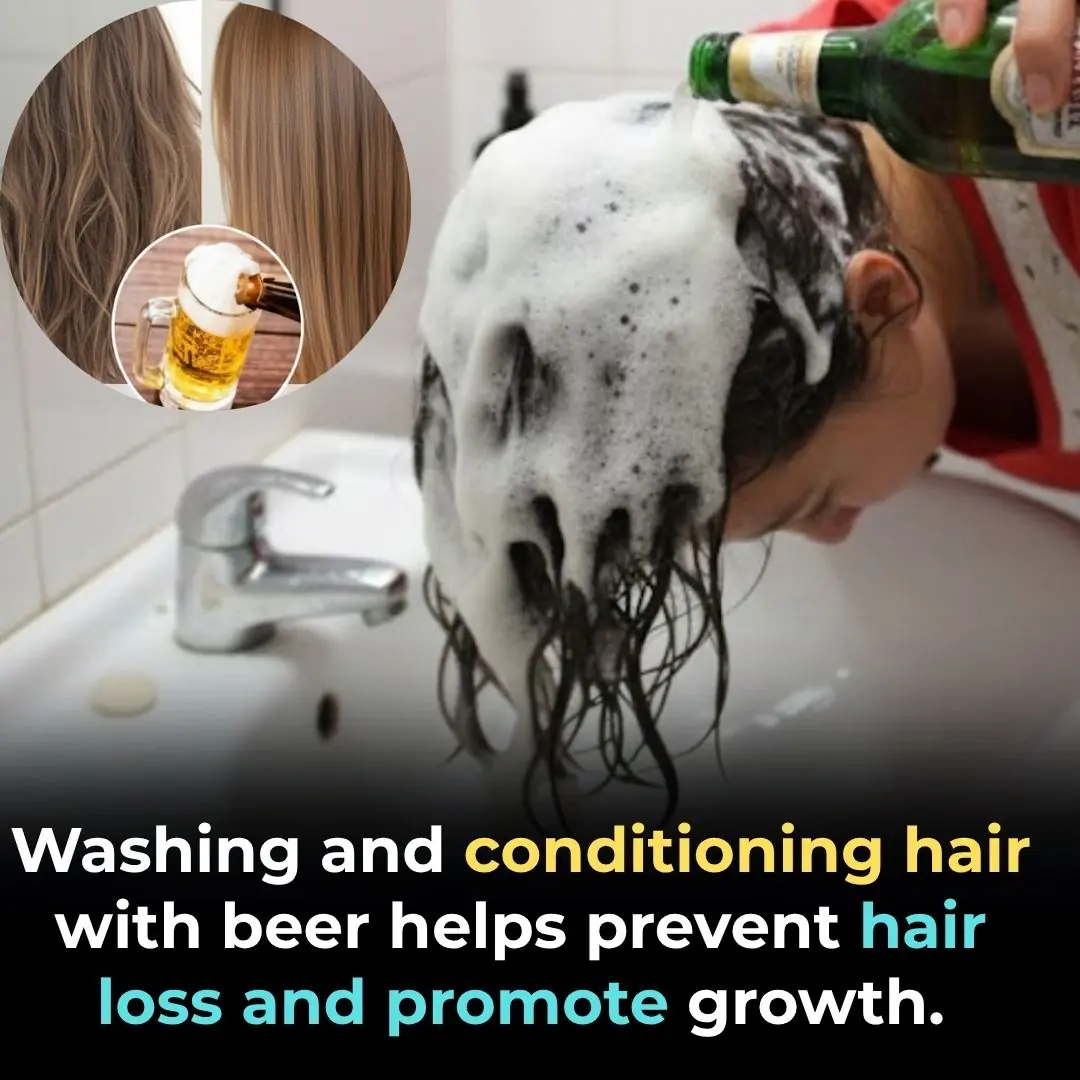
Washing and conditioning hair with beer helps reduce hair loss and stimulates continuous hair growth
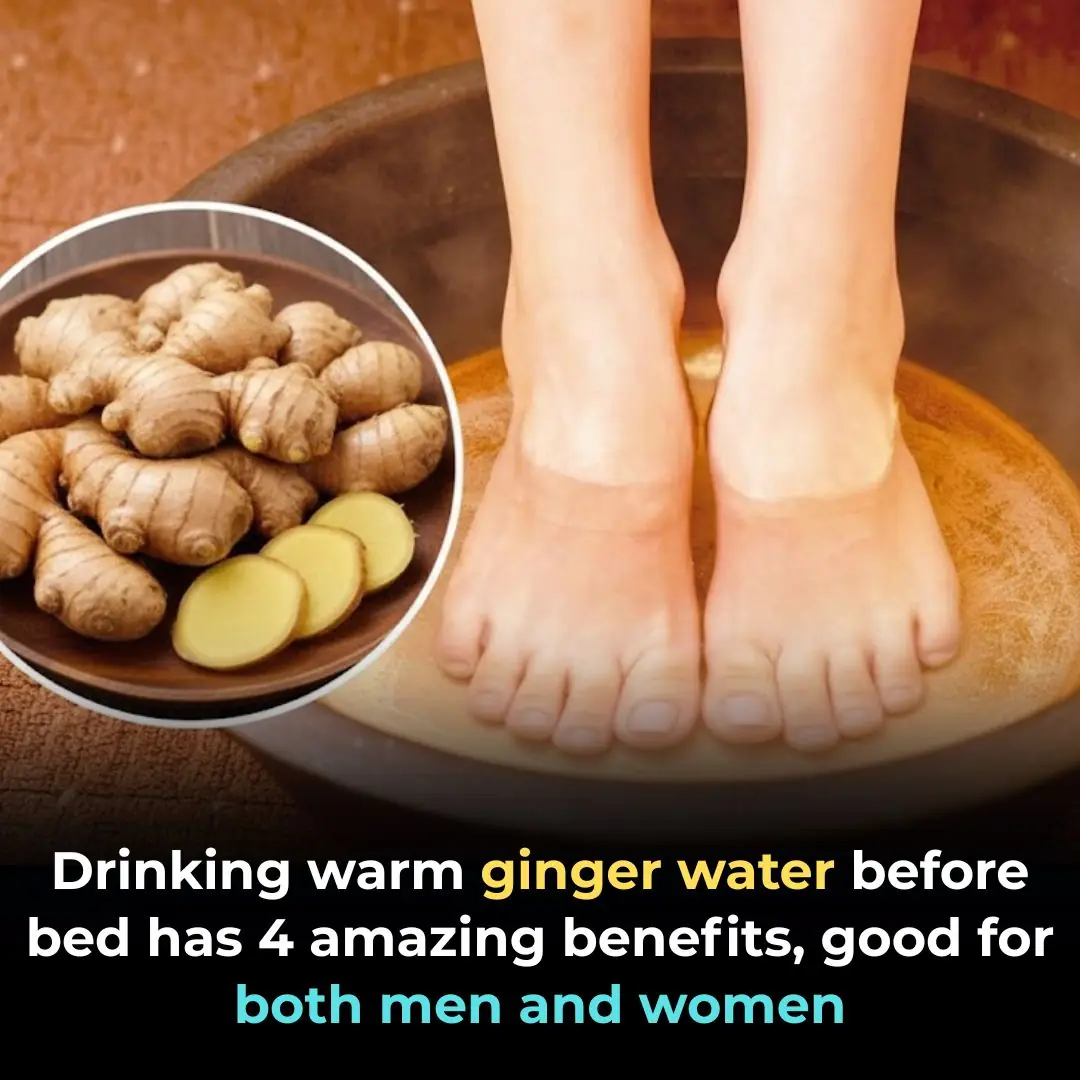
Soak your whole body with warm ginger water before going to bed.

Add ice cubes to the bone broth
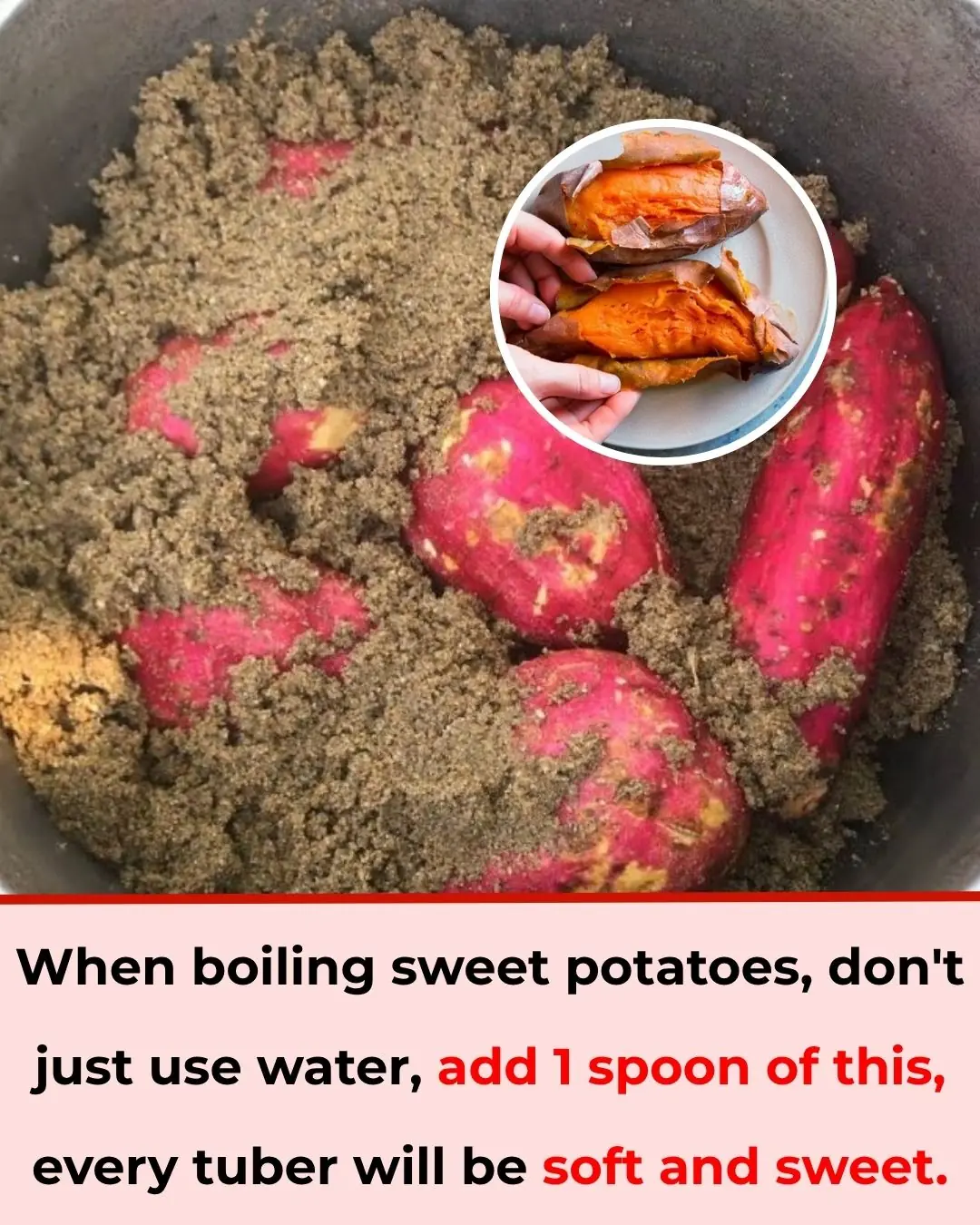
When boiling sweet potatoes, don't just use water, add 1 spoon of this, every tuber will be soft and sweet
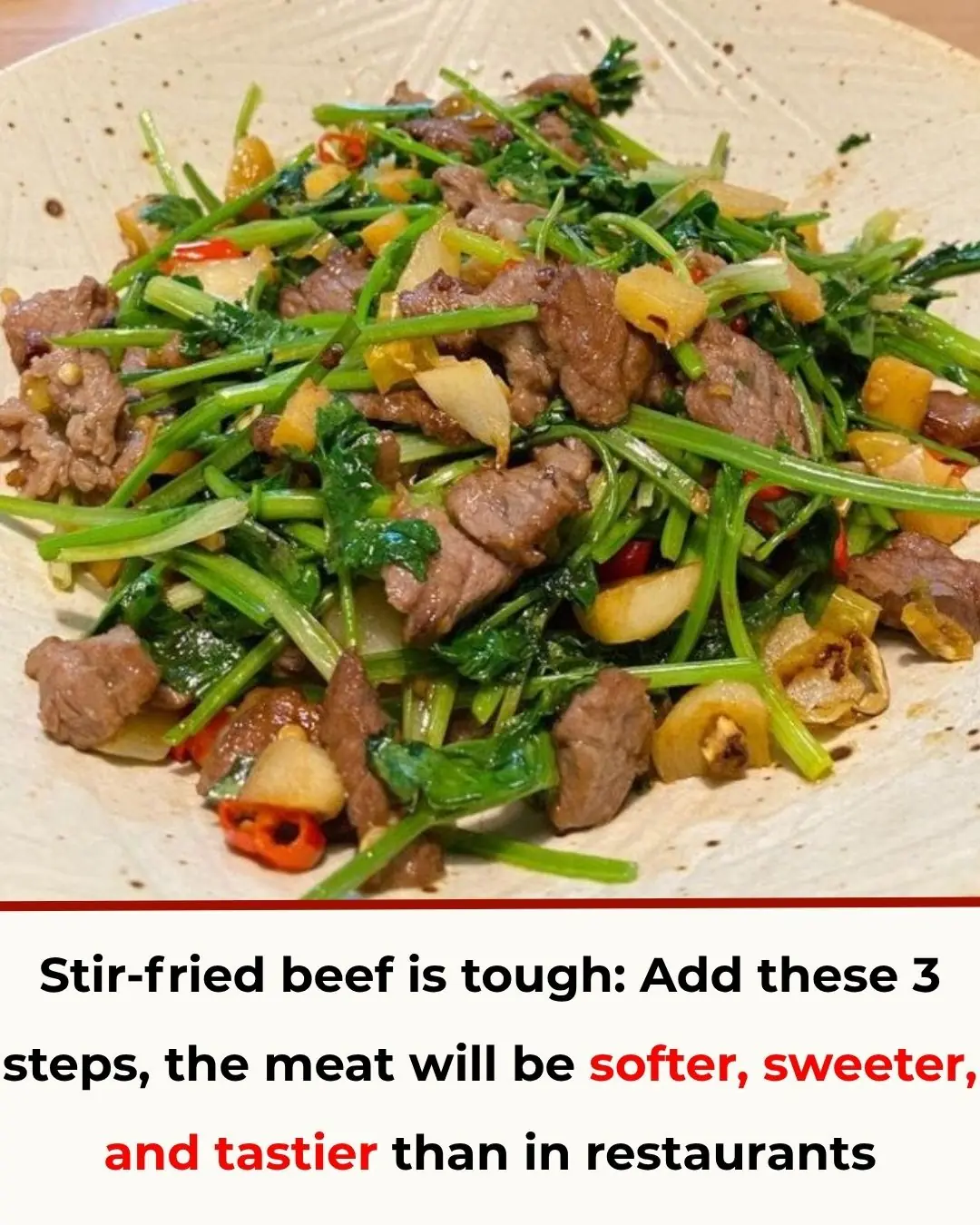
Stir-fried beef is tough: Add these 3 steps, the meat will be softer, sweeter, and tastier than in restaurants
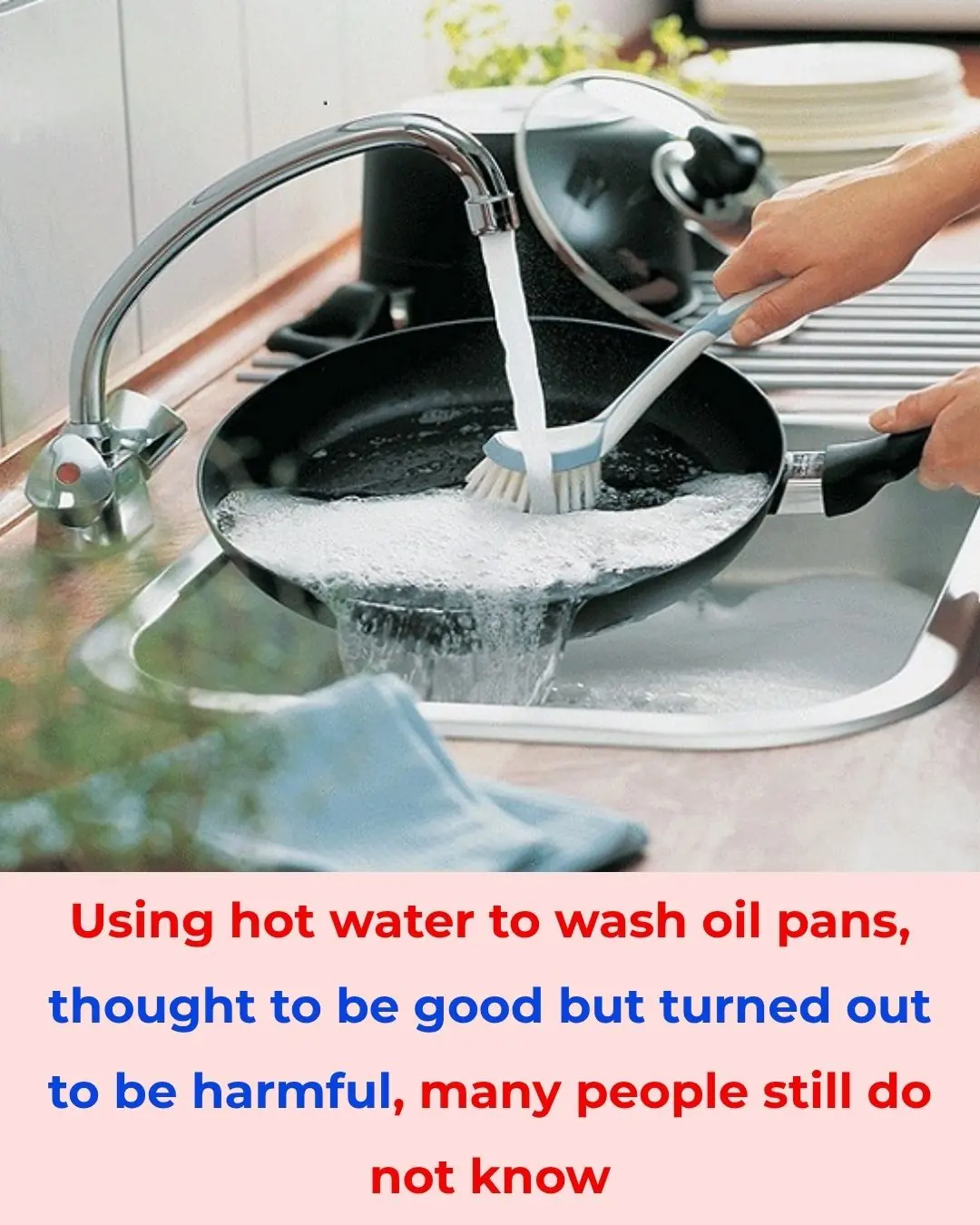
Using Hot Water to Clean a Greasy Pan Sounds Smart — But It’s Actually Doing More Harm Than Good
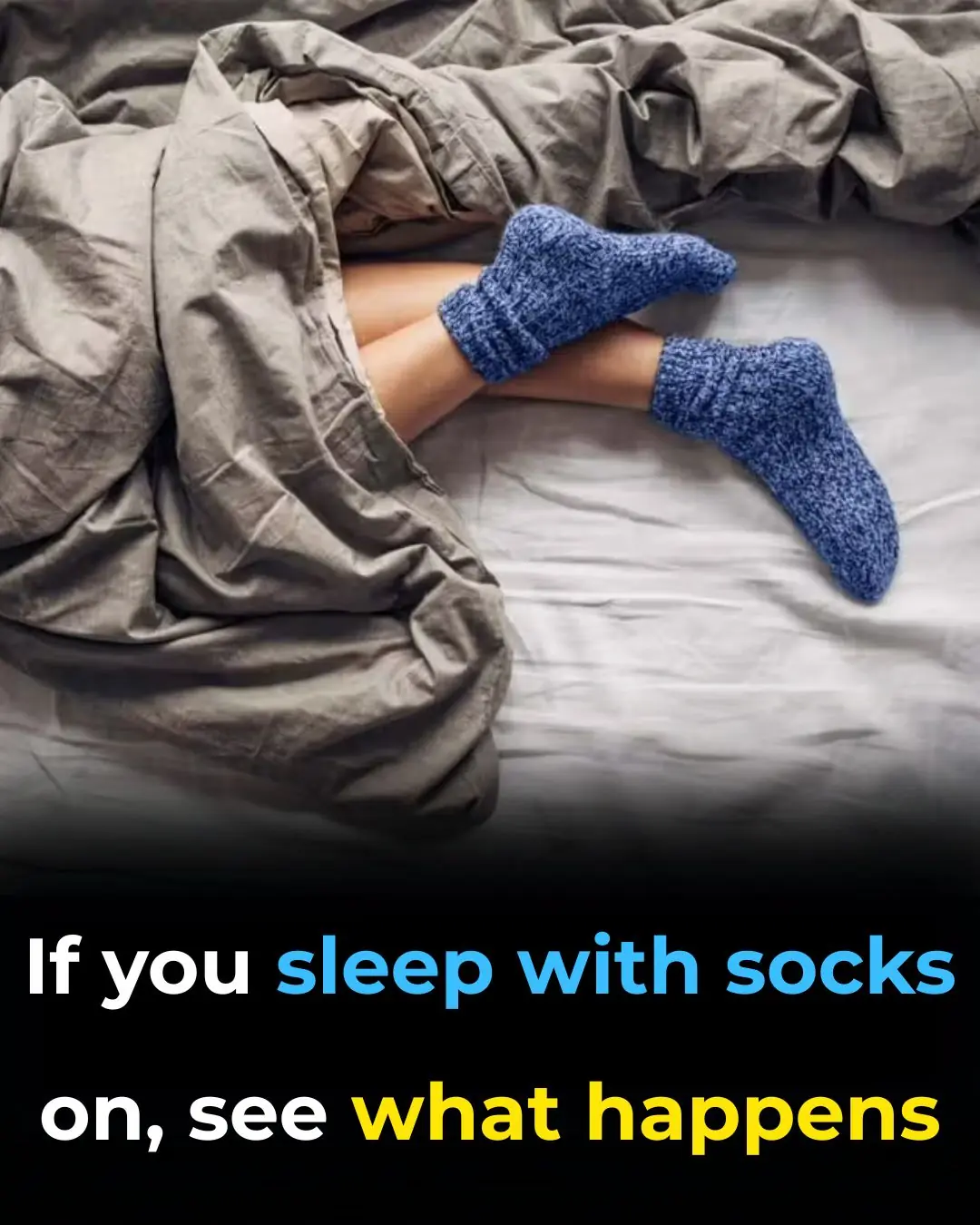
Why seniors should keep their socks on even at home
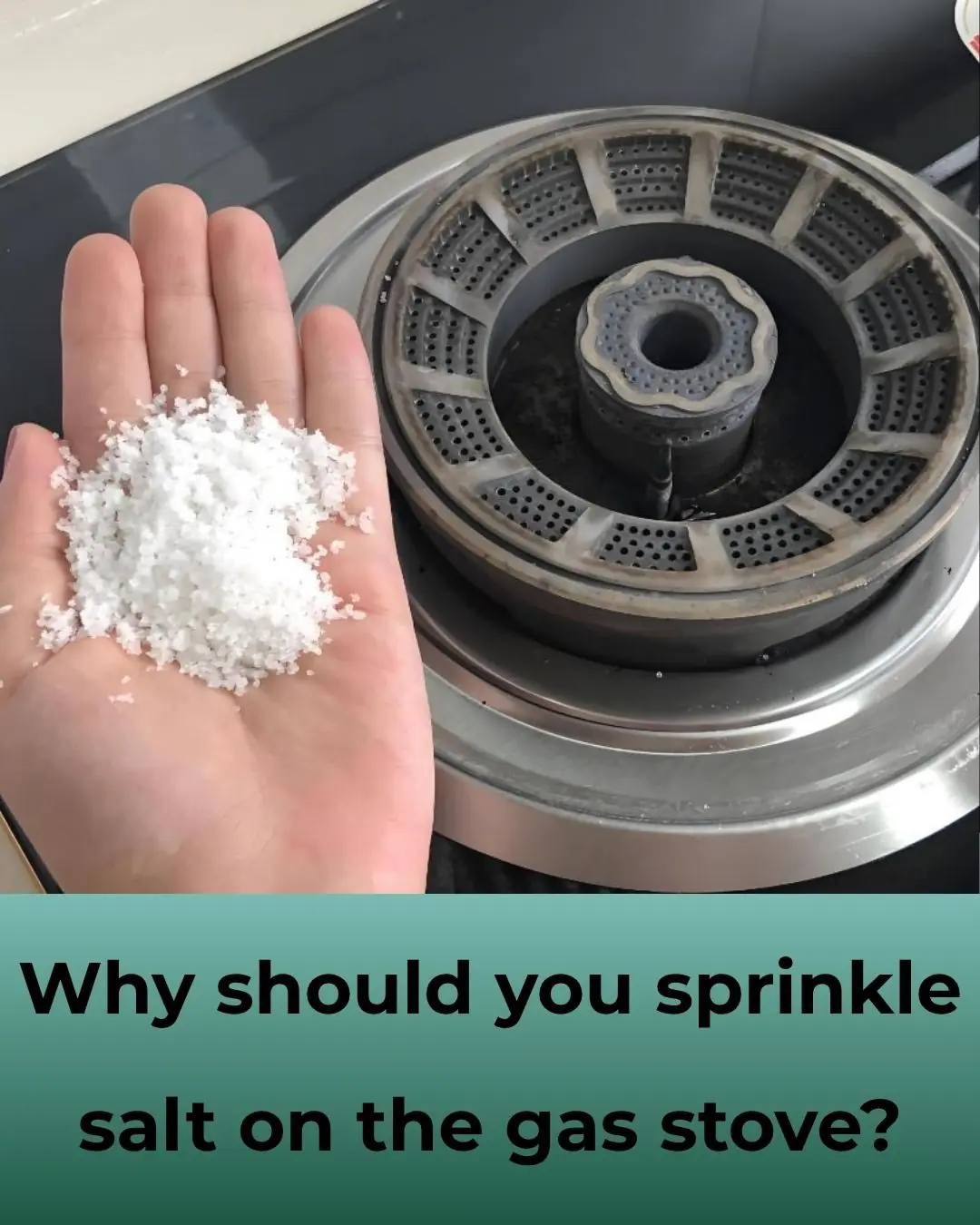
Why You Should Sprinkle Salt on Your Gas Stove — The Surprising Cleaning Hack That Works Wonders
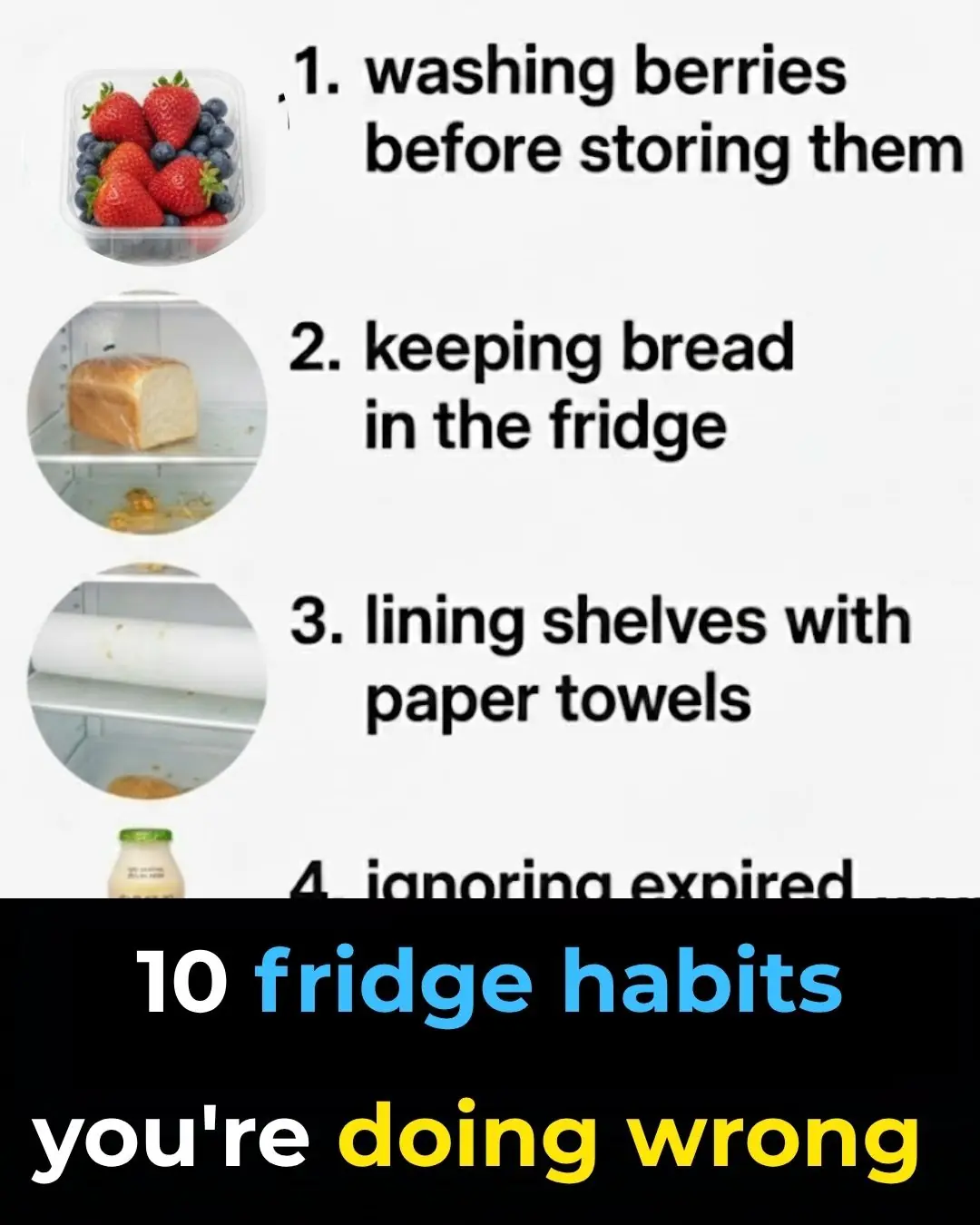
10 fridge habits you’re doing wrong

Stop throwing out old hoses. Here are 10 brilliant hacks to use them around the house

You’re doing it all wrong. Here’s the right way to clean air vents

My nana taught me this hack to get rid of lawn burn from dog pee in 5 mins with 0 work. Here’s how it works

You're doing it all wrong. Here’s the right way to store milk and dairy
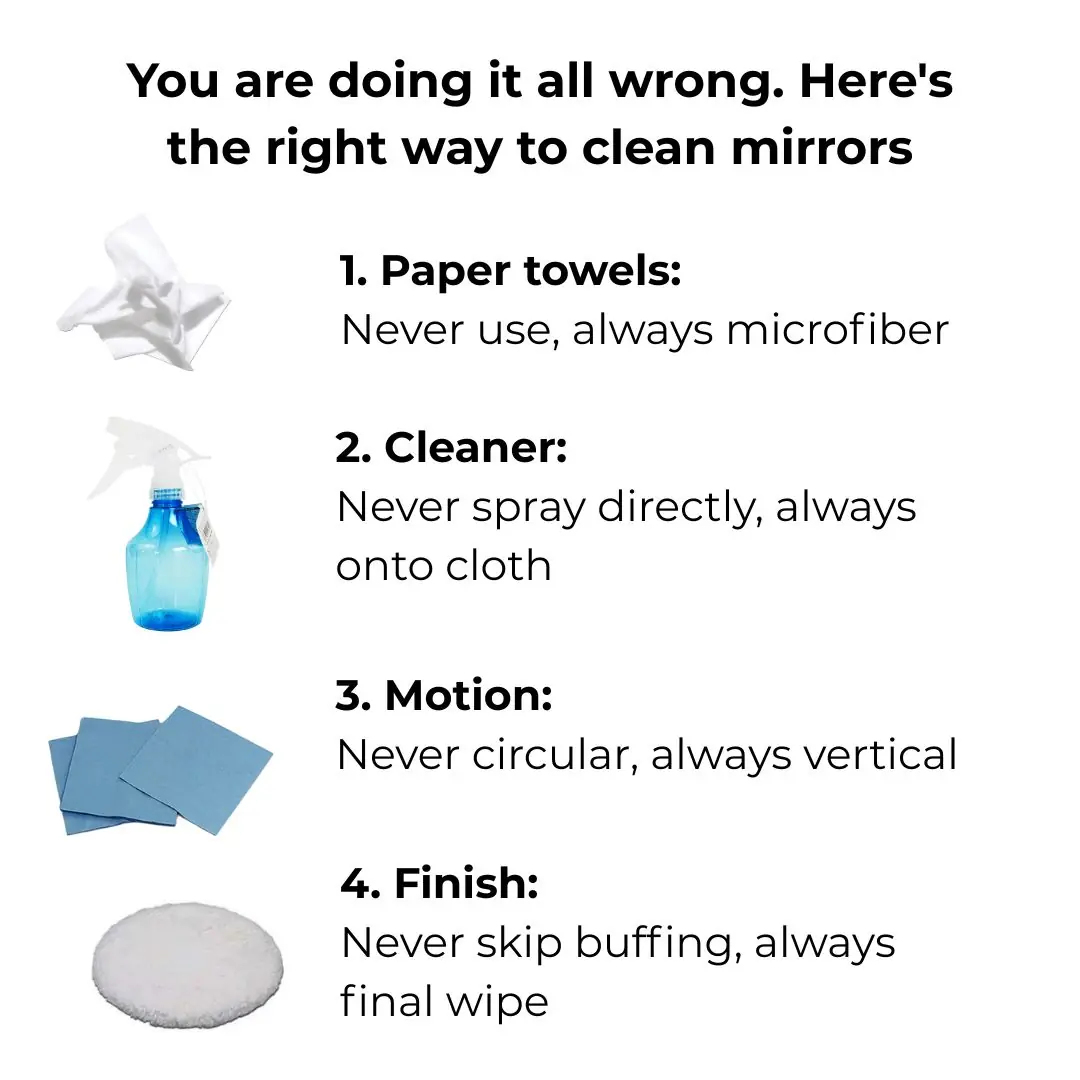
You are doing it all wrong. Here's the right way to clean mirrors
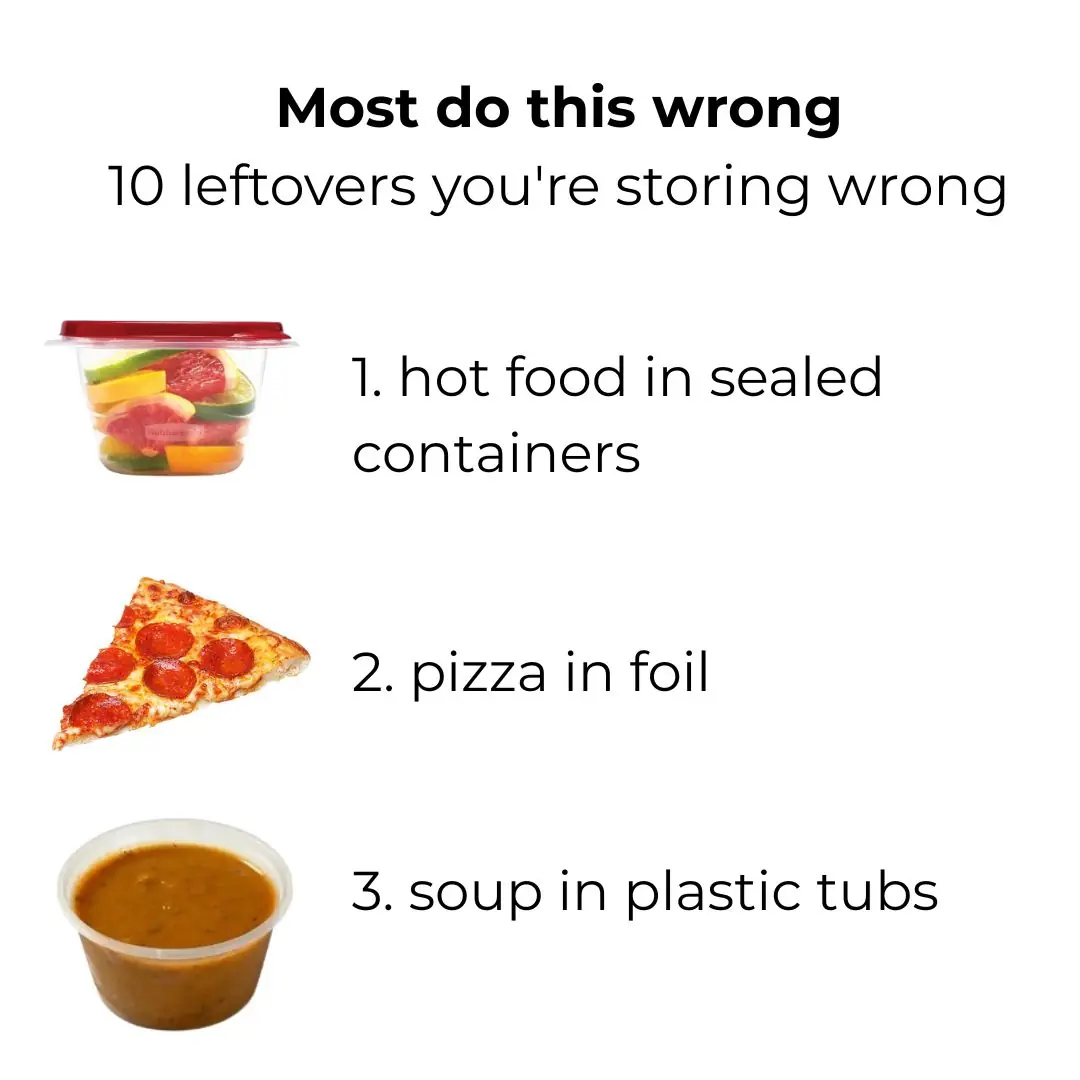
Most do this wrong. 10 leftovers you’re storing wrong
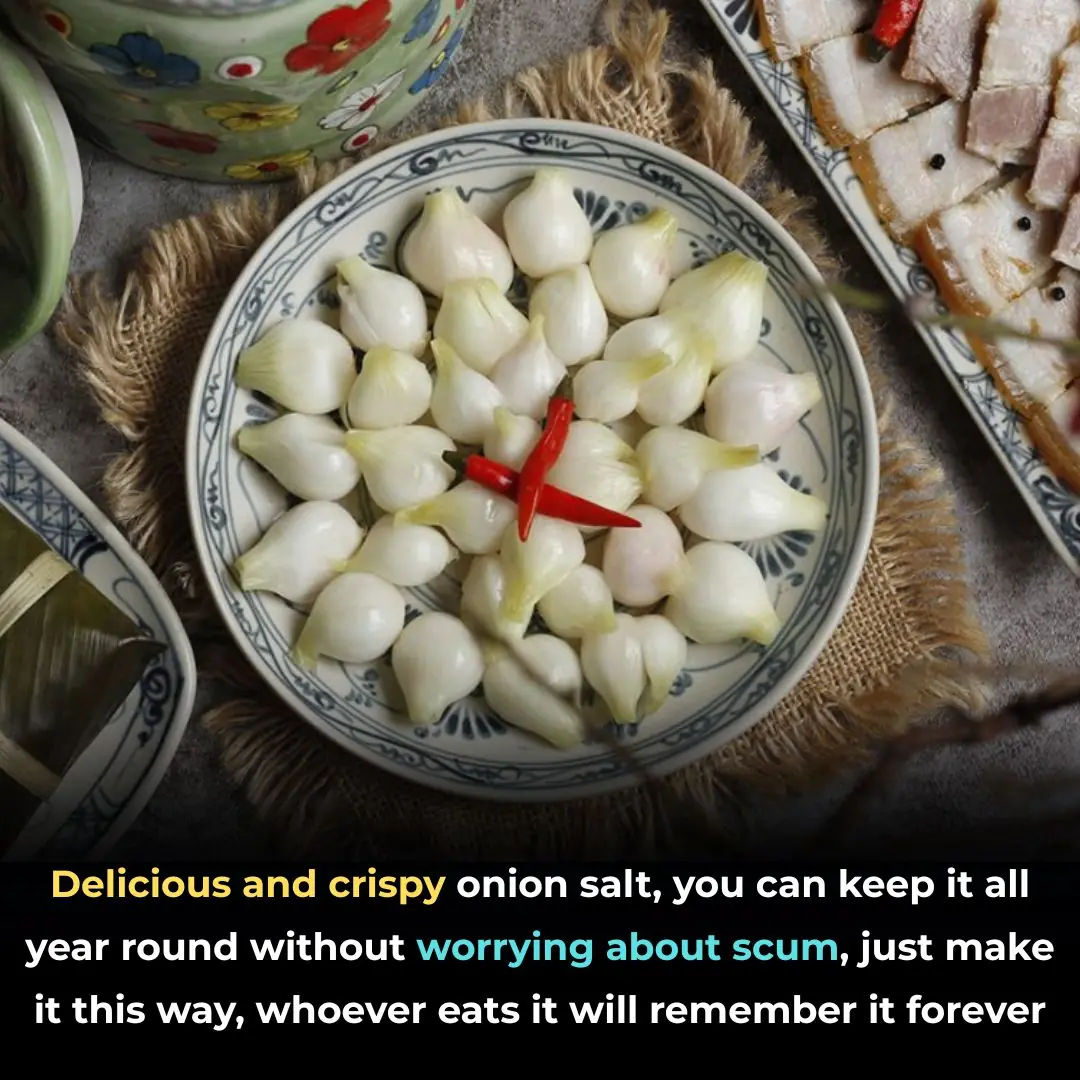
Delicious and crispy onion salt, you can keep it all year round without worrying about scum, just make it this way, whoever eats it will remember it forever

You are doing it all wrong. Here's the right way to store cleaning supplies
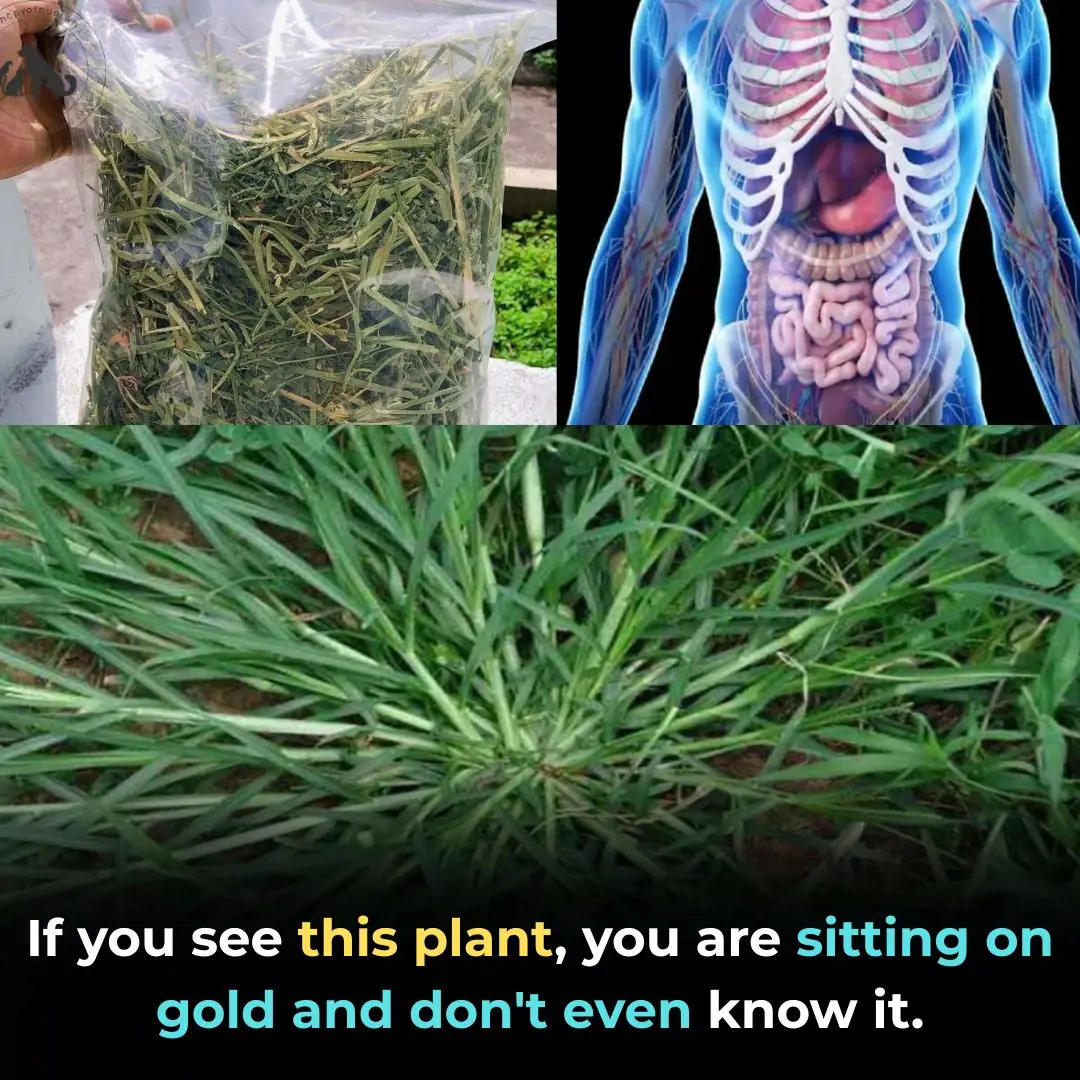
If you see this plant, you are sitting on gold and don't even know it.
News Post

When making spring roll filling, remember 1 step carefully

Washing and conditioning hair with beer helps reduce hair loss and stimulates continuous hair growth

Soak your whole body with warm ginger water before going to bed.
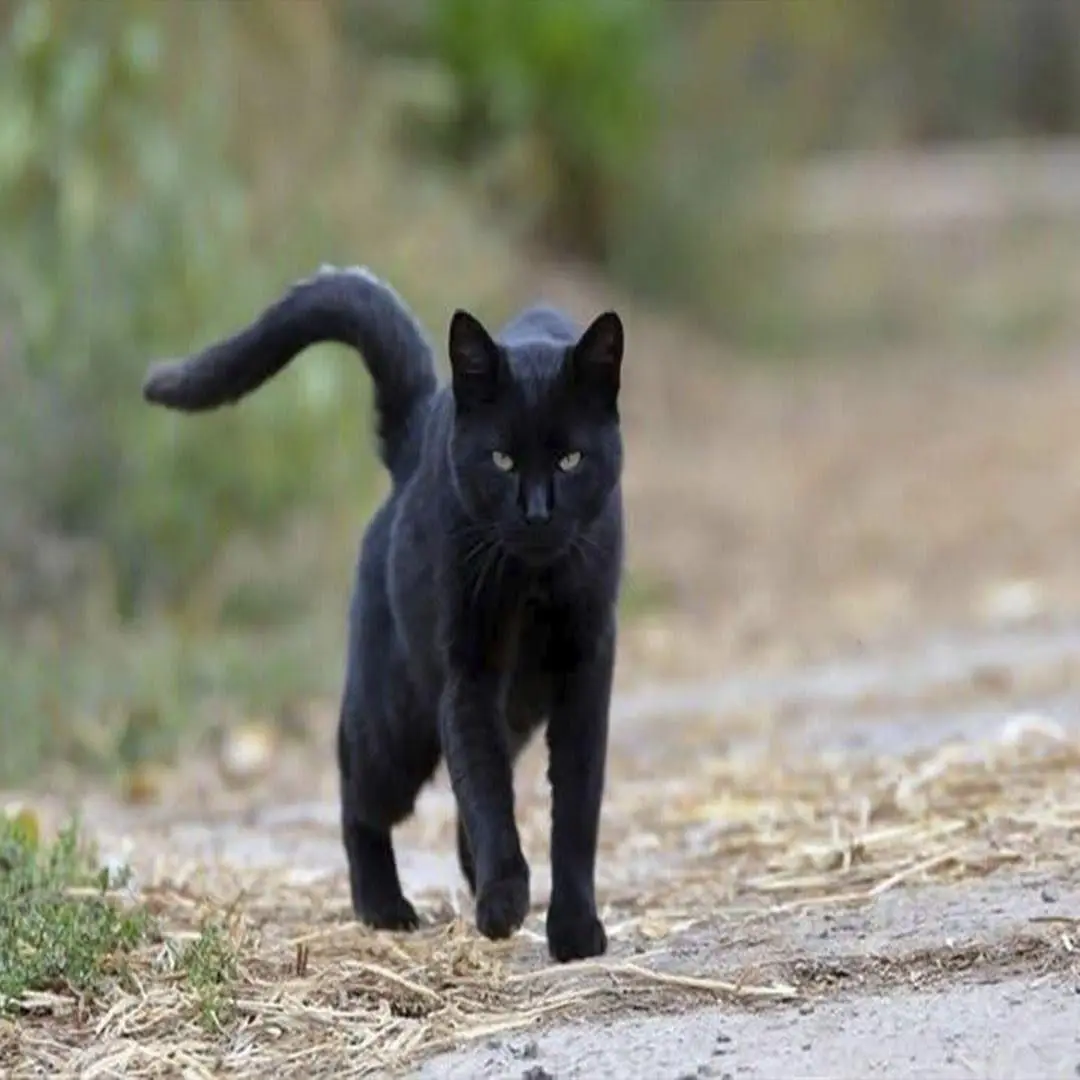
Discover the Meaning of a Black Cat Approaching You

Add ice cubes to the bone broth
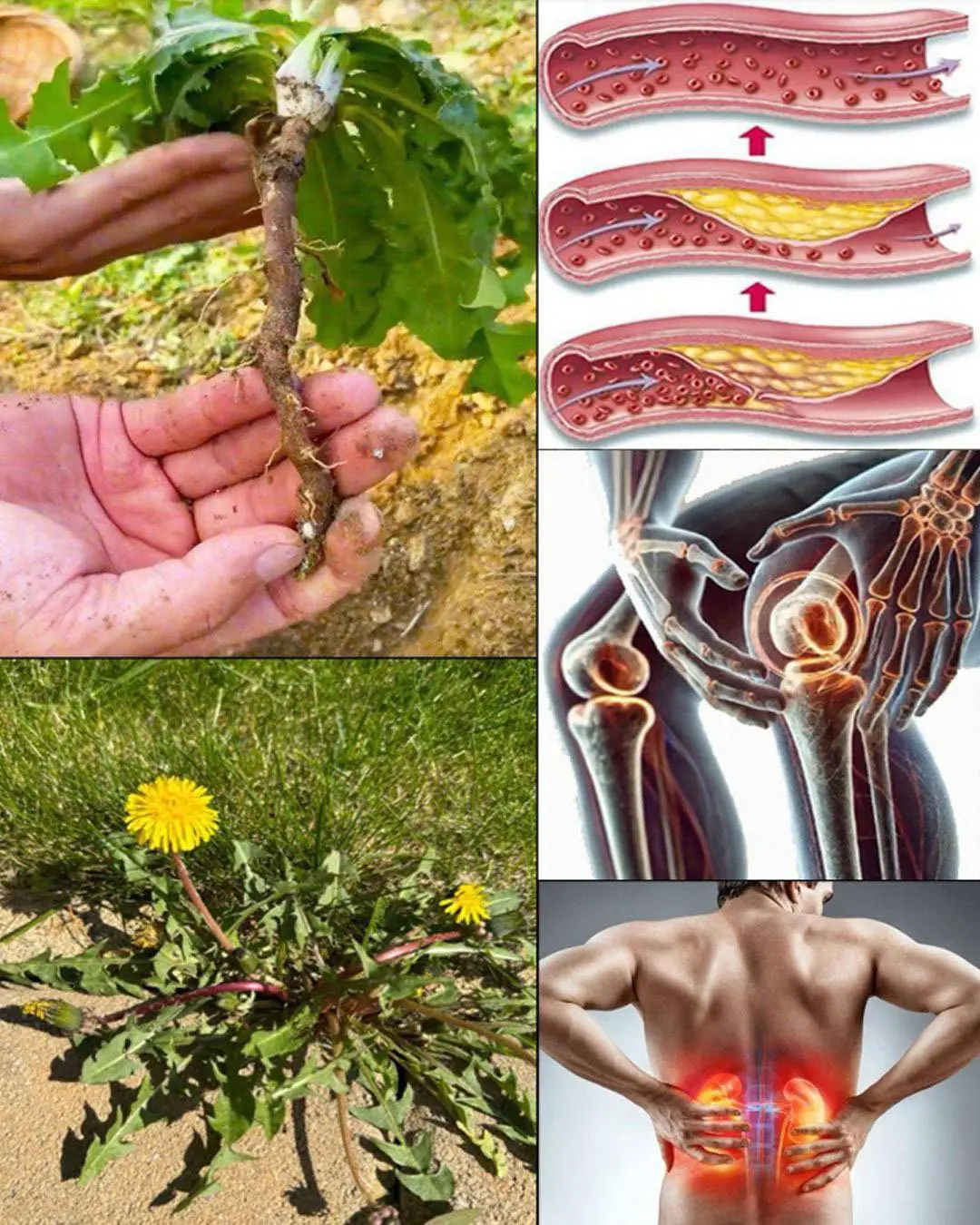
11 Benefits of Dandelion Roots
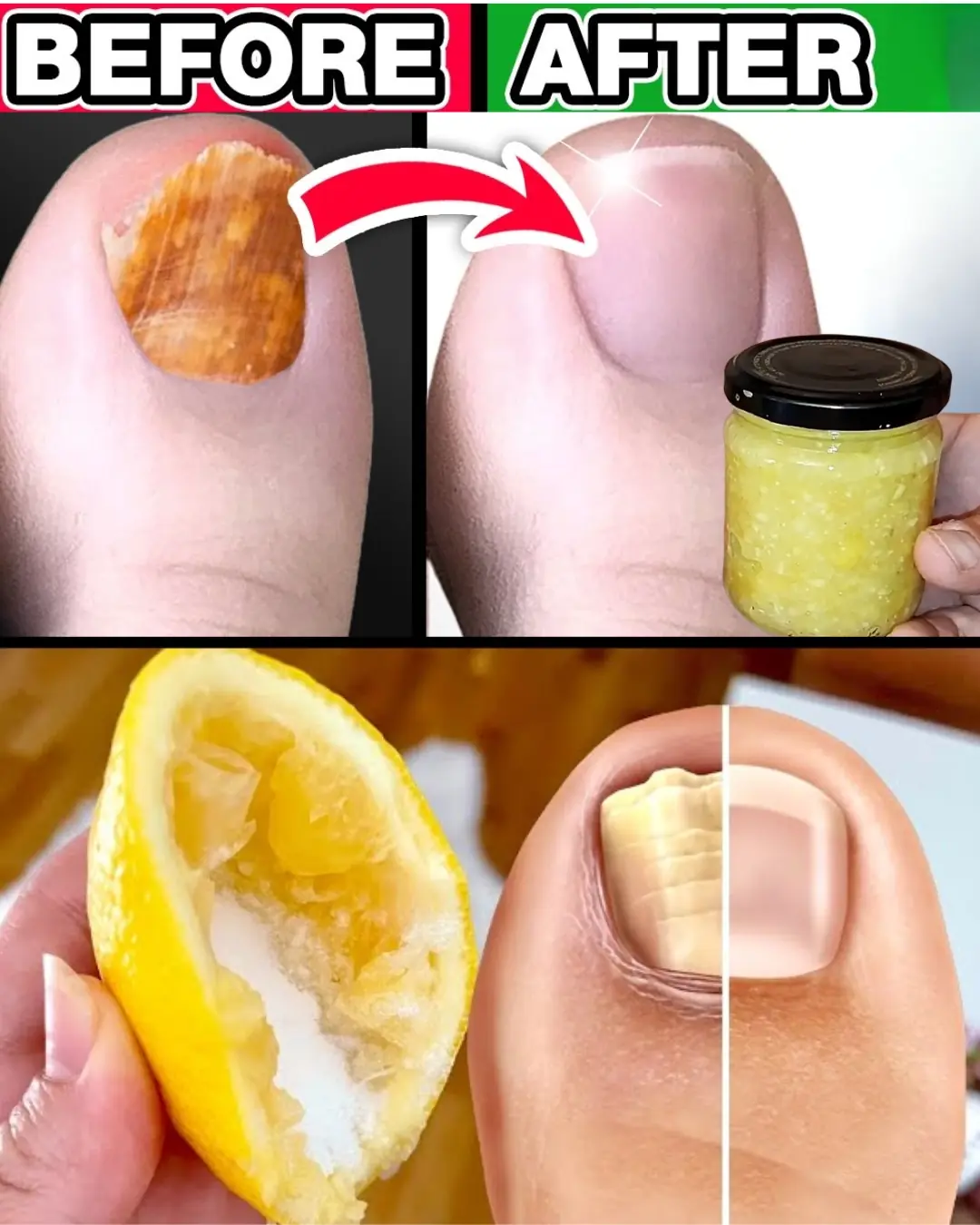
#1 Absolute Best Toenail Fungus Cure You Can Make at Home with Just 3 Ingredients
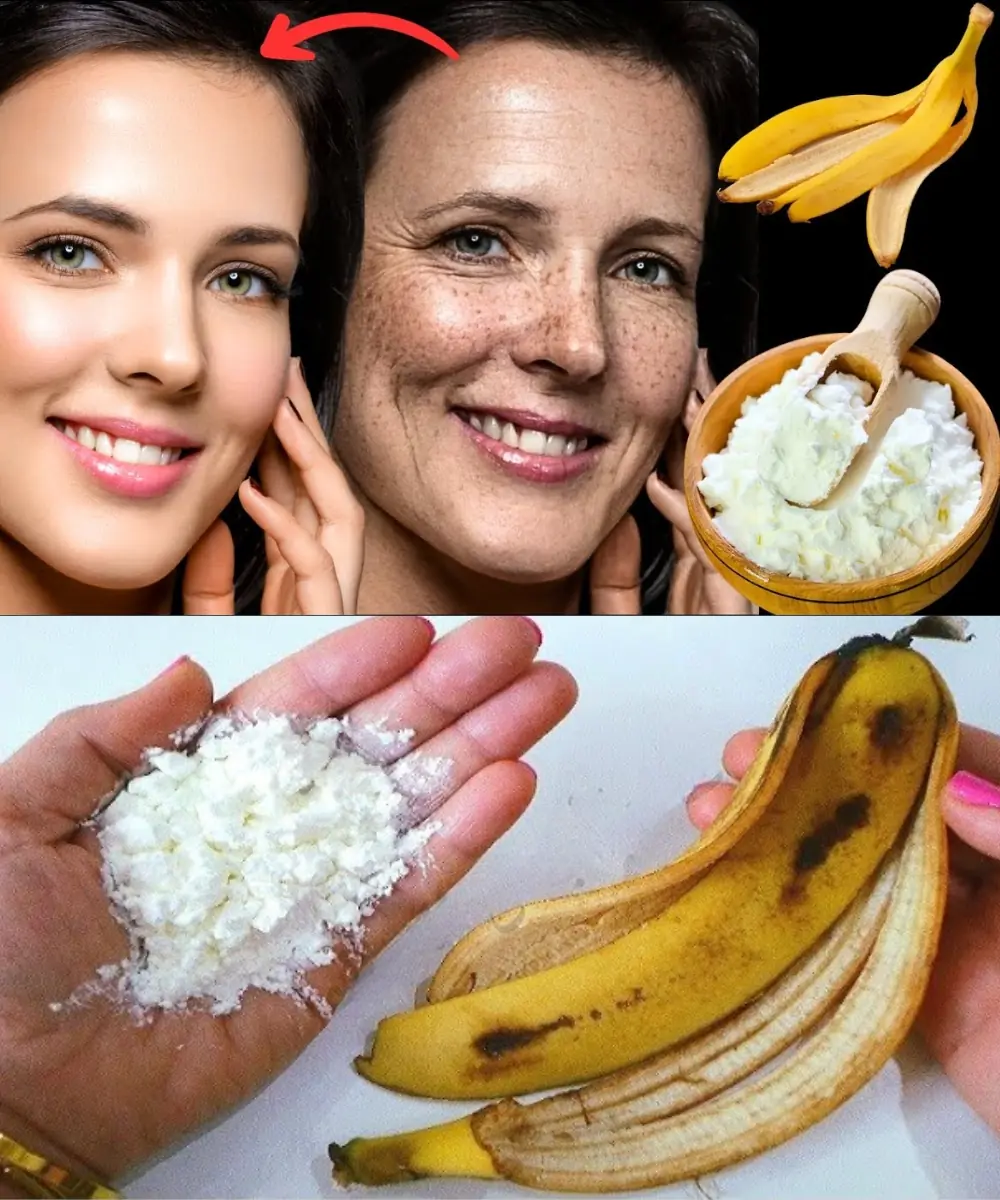
Banana Peel & Cornstarch: A Natural Skin Hack That Could Help You Look Younger
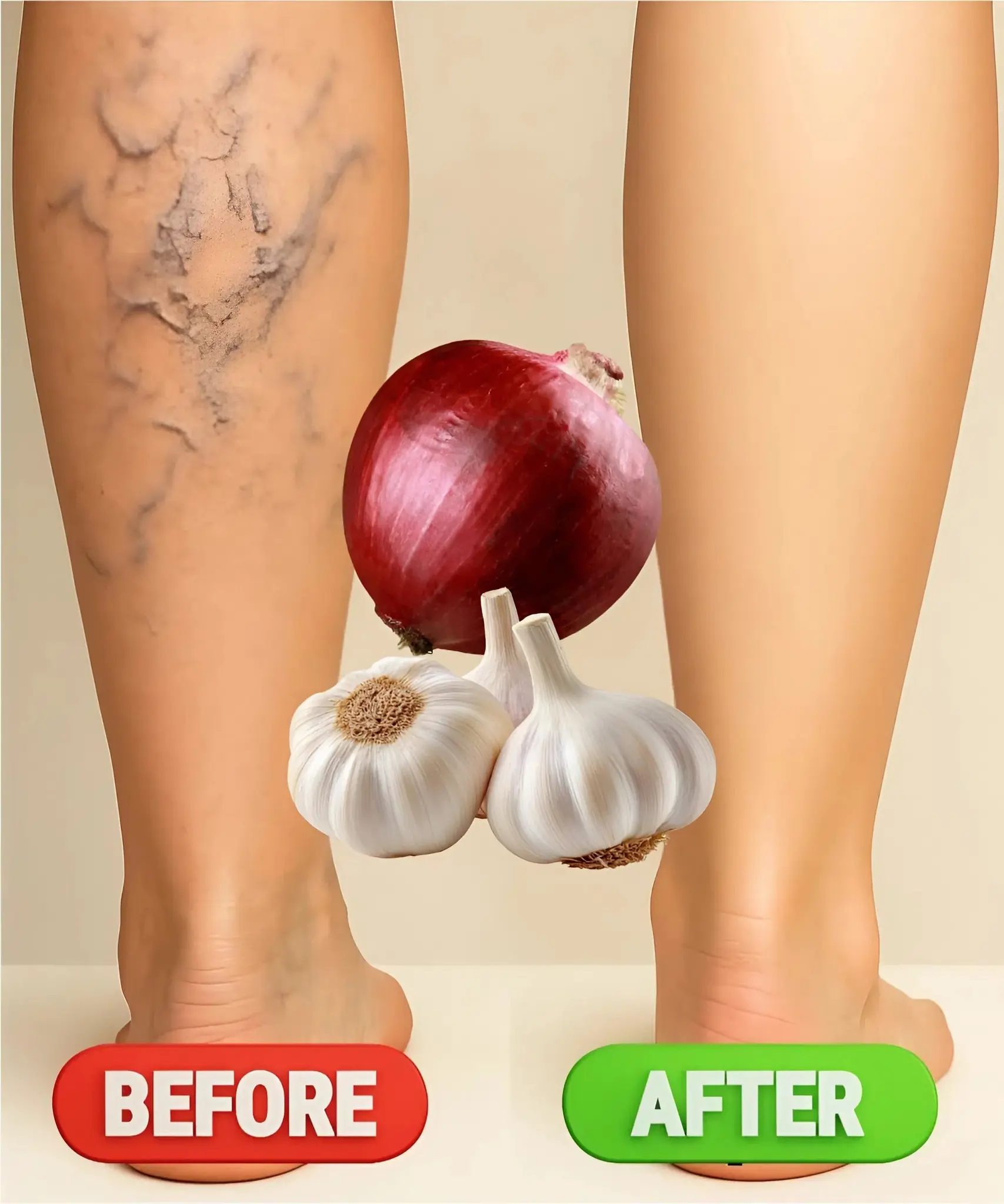
Homemade Remedies for Varicose Veins with Onion, Garlic, and Apple Cider Vinegar
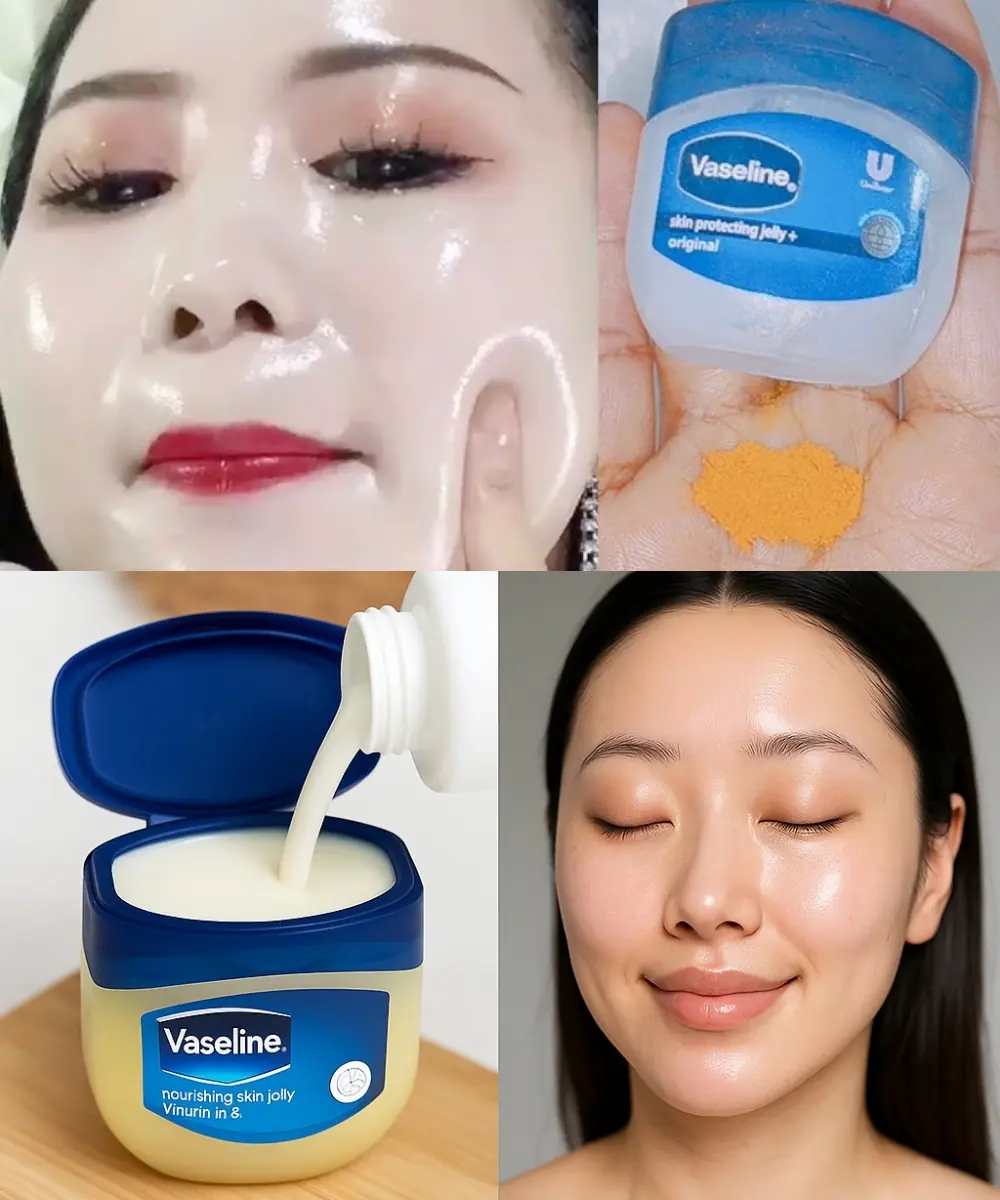
Crema Casera con Vaselina que Rejuvenece la Piel al Instante
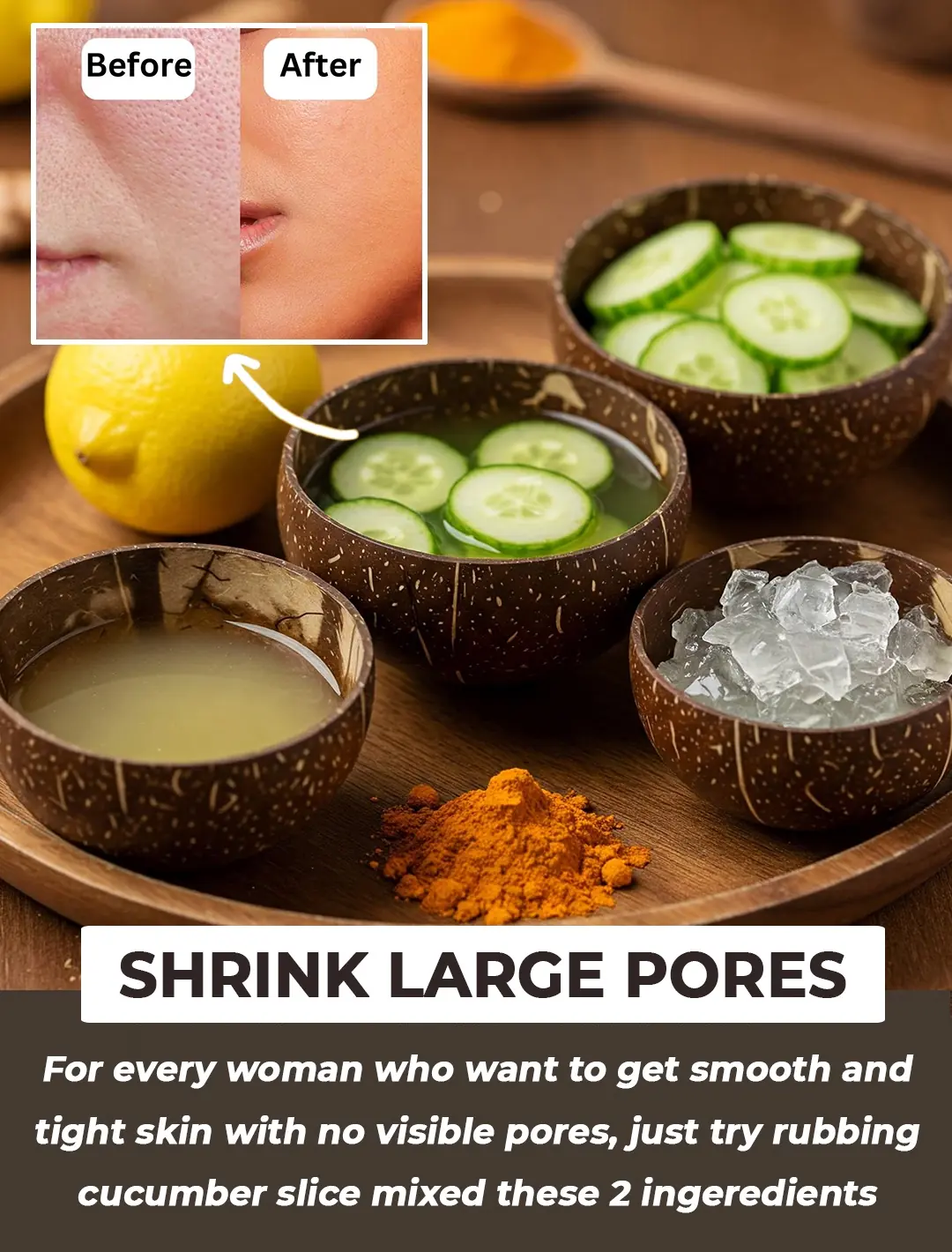
Top 5 Natural Remedies to Shrink Enlarged Pores and Achieve Smooth Skin
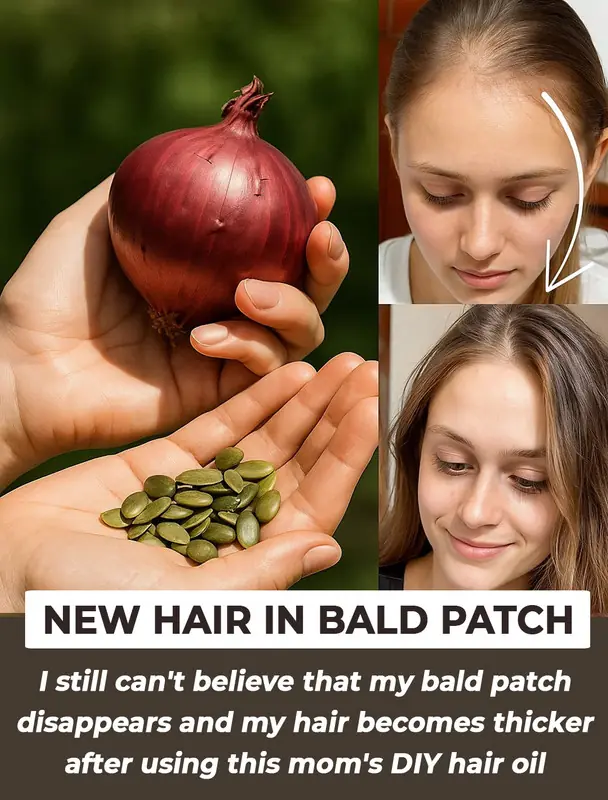
DIY Onion Sunflower Seed Oil: Get New Hair In Bald Patches
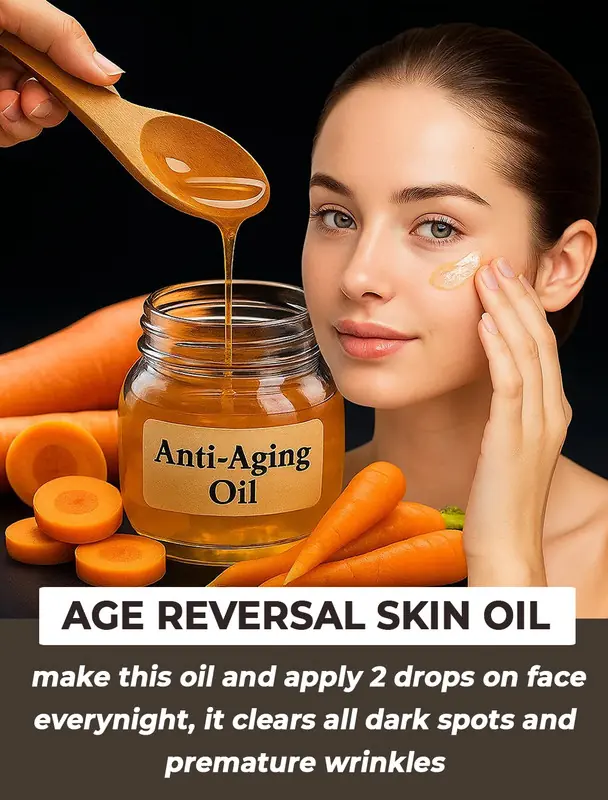
Homemade Carrot Oil for Glowing Skin: A Natural Solution for Dark Spots, Wrinkles & Anti-Aging
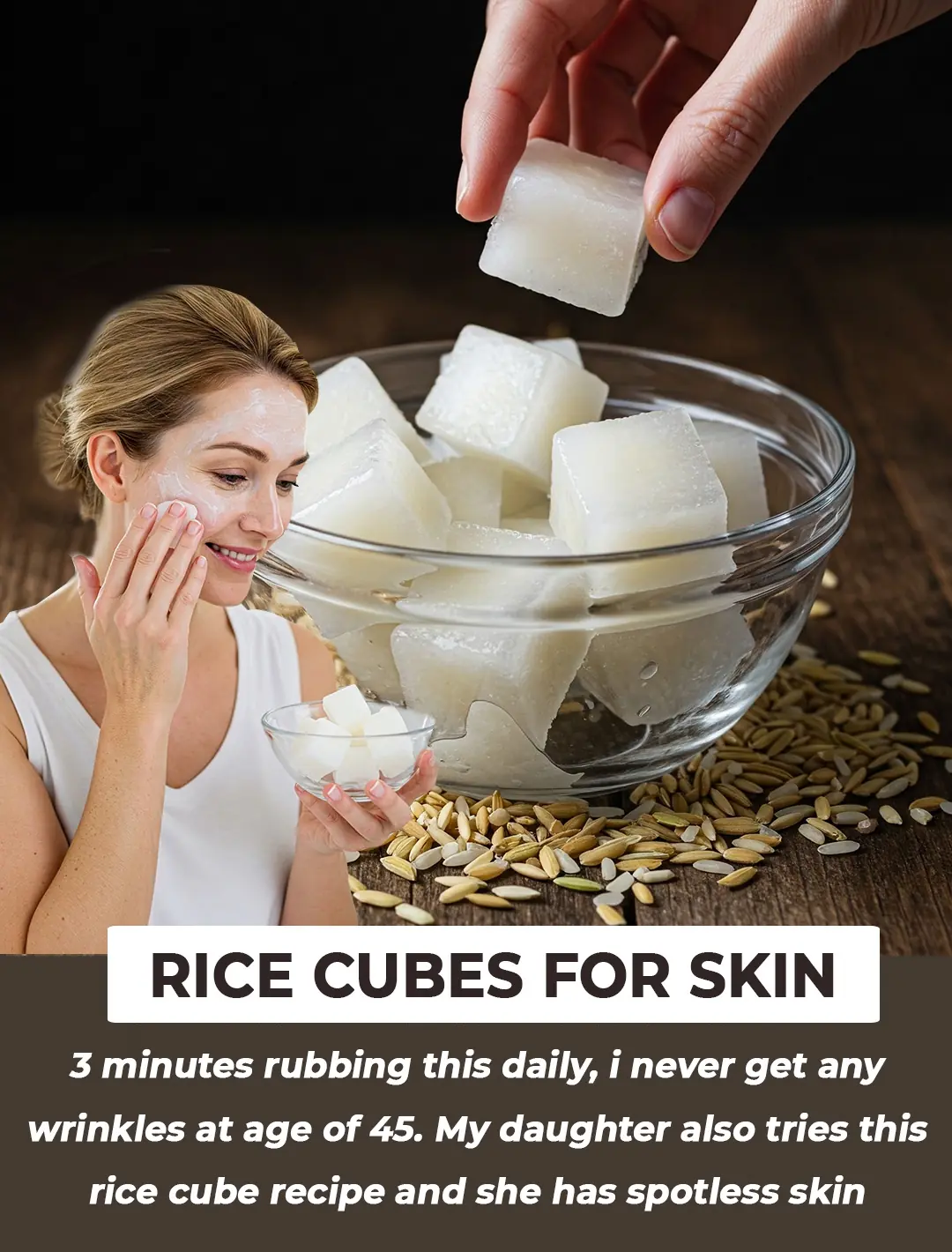
Glow Ice: Rice Water Cubes to Shrink Pores and Get Clear, Radiant Skin

The Body’s Intuition: Signs of an Impending End

When boiling sweet potatoes, don't just use water, add 1 spoon of this, every tuber will be soft and sweet

Stir-fried beef is tough: Add these 3 steps, the meat will be softer, sweeter, and tastier than in restaurants

The Shoes You Pick Reveal What Kind of Woman You Are

Dead Butt Syndrome Is Real
